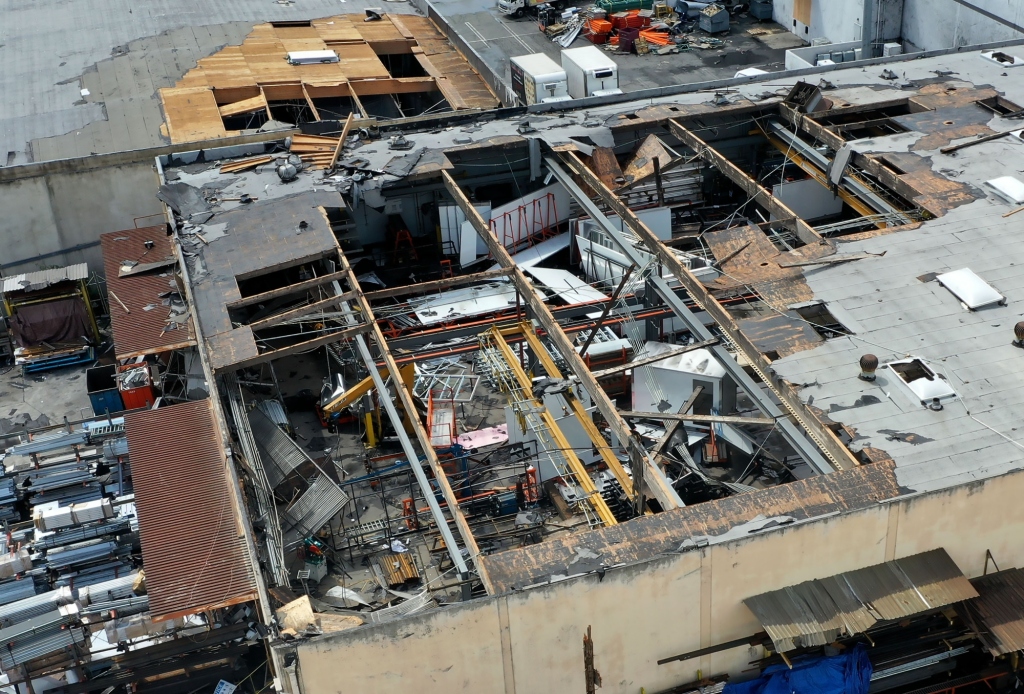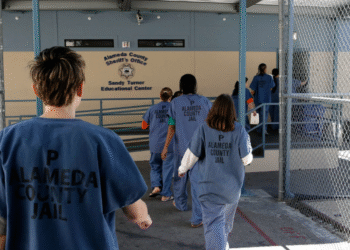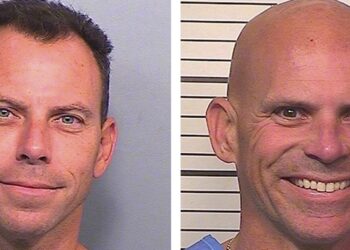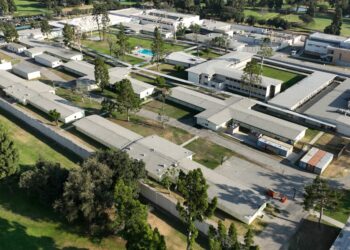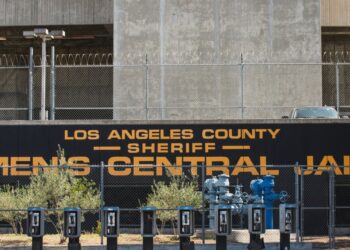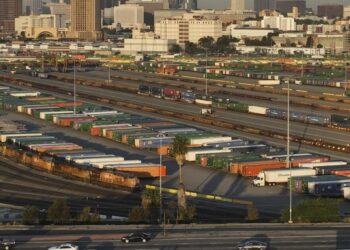As business owners and residents pick up the pieces after a rare tornado tore through Montebello on Wednesday, March 22, many are wondering: How in the heck did that happen?
Cell phone videos of the small but wild storm racked up millions of videos on social media, and the National Weather Service sent investigators to the scene to figure out what occurred. Forecasters were initially reluctant to label the storm one way or another.
RELATED COVERAGE: Montebello moves to recover following rare tornado
Forecasters eventually concluded on Wednesday that the twister spinning through Montebello at around 11 a.m. was indeed an EF1 tornado. Those have winds ranging from 86 mph to 110 mph. It was the strongest to hit Los Angeles since the 1980s.
Tornadoes are ranked on the Enhanced Fujita Scale, which uses the amount of damage a tornado inflicts to measure possible wind speed and other attributes. The scale goes from EF-0, a light tornado, to EF-5, with winds of 200 mph-plus.
At about 50 yards wide, with wind speeds of 110 mph, the twister that hit Montebello damaged 17 buildings, including 11 that were red-tagged, uprooted a tree, and snapped a power pole. One person was injured.
Tornadoes are rare in Southern California, which averages one to two per year, with seven to 10 for the whole state.
There were 44 tornadoes in Los Angeles County between 1950 and 2021, according to the LA Almanac. The last one hit in Inglewood as an EF-0 in 2014. An EF-0, with wind speeds between 65 mph and 85 mph, typically inflicts only minor damage to structures and does not result in massive loss of life or property.
In March 1983, an EF2 tornado with peak wind speeds of 113 mph plowed through South Los Angeles, injuring more than 30 people.
A weak tornado hit Sunset Beach back in 2010. And in 2019, Orange County residents were shocked by a tornado warning during a winter storm.
The reason California doesn’t experience tornadoes more frequently is simple. The perfect conditions that…
Read the full article here

